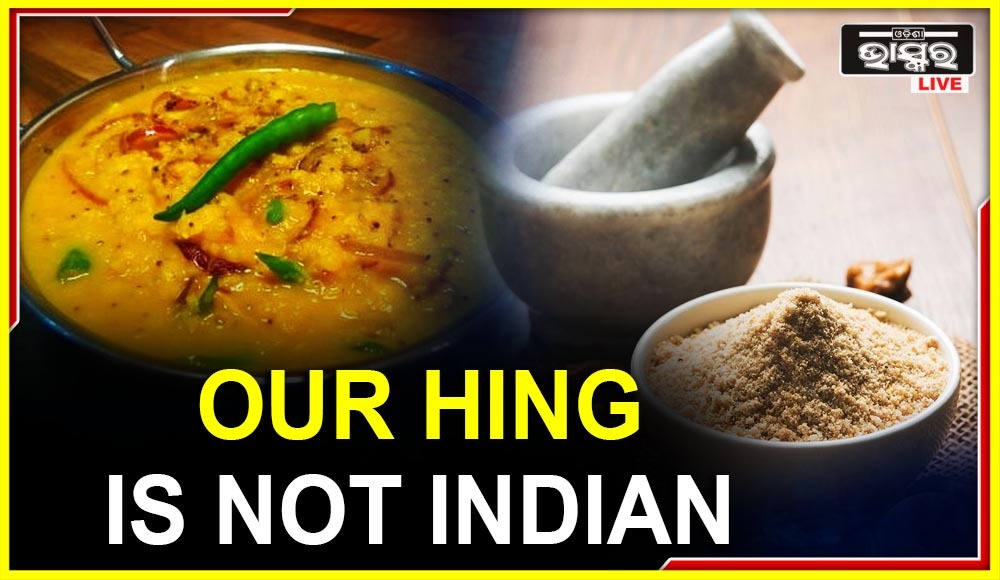Indian kitchen cupboard is incomplete without hing. Also known as Asafoetida, this acrid smelling spice has added to the taste of Indian dishes for centuries. But surprisingly it was never cultivated in India.
Hing lovers:
As per reports, India imports around Rs 600 crore worth of hing. The hing that we use during our cooking mostly comes from Afghanistan, Kazakhstan and Uzbekistan. In most parts of the world hing is used only for medicinal purposes or as an herbal insecticide! But in India it is mostly used as an edible spice. India accounts for 40 percent of the world’s hing consumption but it does not produce it.
Ancient arrival:
As per historians, hing is believed to have come to India from Afghanistan at around 600 BC. Hing is mentioned in ancient Hindu and Buddhist scriptures of that time. Its medicinal values are documented in Ayurveda texts.
Strict vegetarian Hindus and Jains used hing as a substitute for onion and garlic. It is called hingu in Sanskrit, hengu in Odia, hing in Hindi, imgu in Kannada, inguva in Telugu, him in Bengali. The Europeans were unable to tolerate the smell of hing. So, they called it ‘devil’s dung’ and ‘stinking gum’.
Meeting need:
Raw hing is a greyish-white sticky resin collected from the roots of the Asafoetida plant. For its easy use in kitchen this resin is dried and mixed with wheat or rice flour.
In 2020, scientists of CSIR started planting saplings of the hing plant in Lahaul and Spiti regions of the Himalayas on an experimental basis. But our real hing need is being satisfied by the imported stock.




Comments are closed.